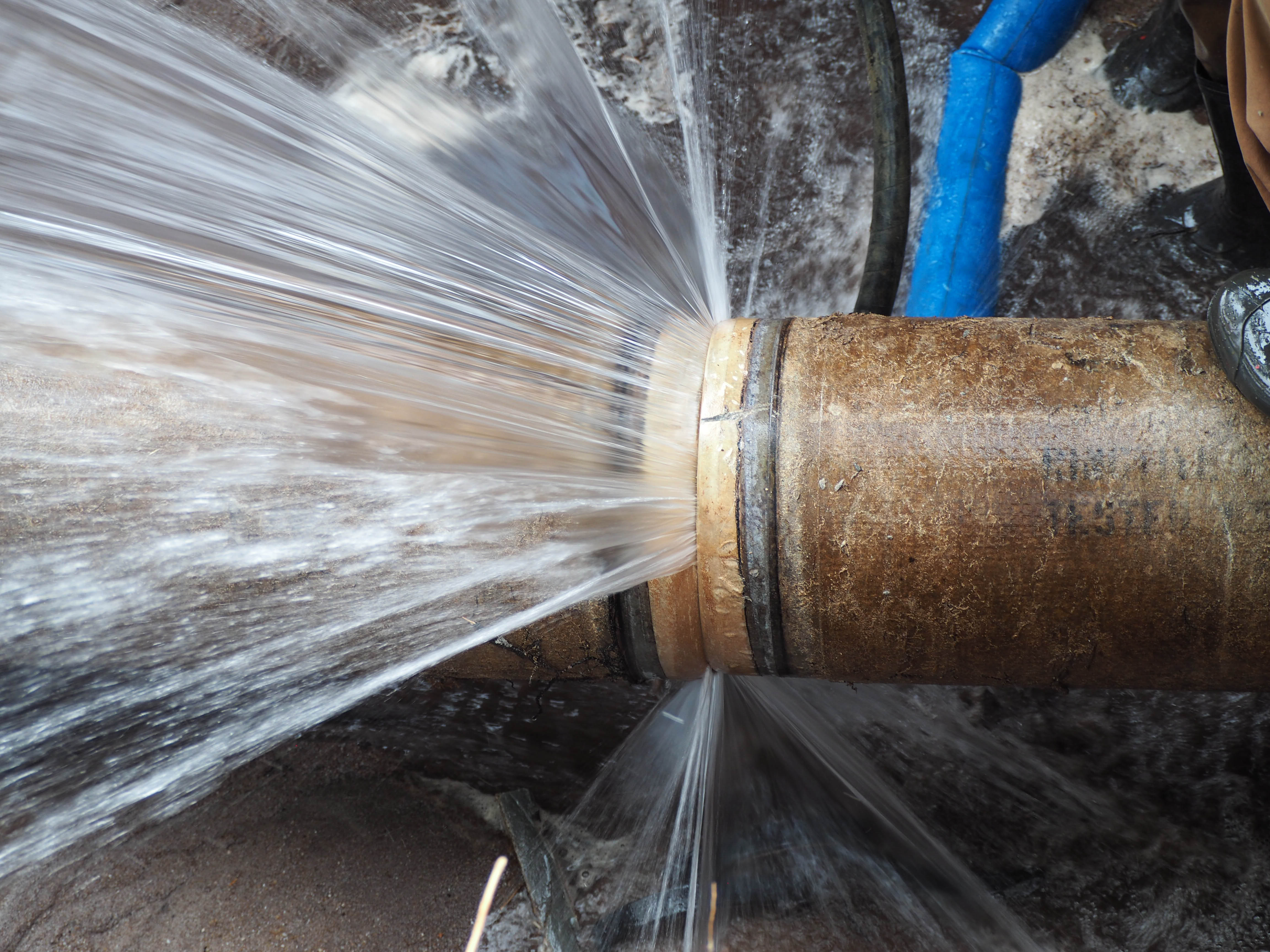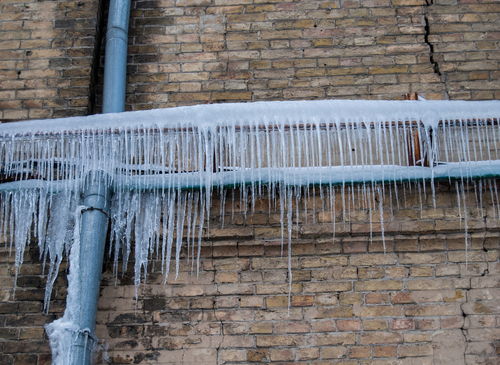Essential Tips for Avoiding Frozen Pipes in Cold Weather Seasons
Essential Tips for Avoiding Frozen Pipes in Cold Weather Seasons
Blog Article
Are you searching for answers involving How To Avoid Freezing Pipes?

Cold weather can ruin your plumbing, specifically by freezing pipes. Right here's how to stop it from happening and what to do if it does.
Intro
As temperatures decline, the risk of icy pipes boosts, possibly resulting in pricey fixings and water damage. Comprehending just how to prevent icy pipelines is essential for property owners in cold climates.
Prevention Tips
Shielding at risk pipelines
Wrap pipelines in insulation sleeves or make use of heat tape to shield them from freezing temperature levels. Concentrate on pipes in unheated or outside locations of the home.
Home heating techniques
Keep interior areas properly warmed, especially areas with plumbing. Open cabinet doors to allow warm air to circulate around pipes under sinks.
How to identify frozen pipelines
Try to find reduced water flow from faucets, unusual smells or sounds from pipelines, and visible frost on exposed pipes.
Long-Term Solutions
Architectural changes
Take into consideration rerouting pipelines away from exterior wall surfaces or unheated locations. Add added insulation to attic rooms, basements, and crawl spaces.
Updating insulation
Purchase premium insulation for pipes, attics, and wall surfaces. Proper insulation aids preserve consistent temperature levels and decreases the threat of icy pipes.
Shielding Outdoor Pipes
Garden tubes and outdoor taps
Separate and drain yard hoses before winter months. Install frost-proof spigots or cover exterior faucets with protected caps.
Recognizing Frozen Pipes
What triggers pipelines to ice up?
Pipes freeze when subjected to temperature levels listed below 32 ° F (0 ° C) for expanded periods. As water inside the pipes ices up, it expands, putting pressure on the pipeline wall surfaces and possibly causing them to burst.
Risks and damages
Frozen pipes can cause water supply disruptions, building damages, and pricey fixings. Ruptured pipelines can flood homes and cause extensive architectural damages.
Signs of Frozen Piping
Recognizing icy pipes early can prevent them from breaking.
What to Do If Your Pipelines Freeze
Immediate actions to take
If you suspect icy pipes, maintain taps open to relieve stress as the ice melts. Use a hairdryer or towels taken in hot water to thaw pipelines slowly.
Verdict
Avoiding icy pipes calls for positive steps and fast reactions. By recognizing the causes, indications, and preventive measures, house owners can protect their plumbing throughout winter.
5 Ways to Prevent Frozen Pipes
Drain Outdoor Faucets and Disconnect Hoses
First, close the shut-off valve that controls the flow of water in the pipe to your outdoor faucet. Then, head outside to disconnect and drain your hose and open the outdoor faucet to allow the water to completely drain out of the line. Turn off the faucet when done. Finally, head back to the shut-off valve and drain the remaining water inside the pipe into a bucket or container. Additionally, if you have a home irrigation system, you should consider hiring an expert to clear the system of water each year.
Insulate Pipes
One of the best and most cost-effective methods for preventing frozen water pipes is to wrap your pipes with insulation. This is especially important for areas in your home that aren’t exposed to heat, such as an attic. We suggest using foam sleeves, which can typically be found at your local hardware store.
Keep Heat Running at 65
Your pipes are located inside your walls, and the temperature there is much colder than the rest of the house. To prevent your pipes from freezing, The Insurance Information Institute suggests that you keep your home heated to at least 65 degrees, even when traveling. You may want to invest in smart devices that can keep an eye on the temperature in your home while you’re away.
Leave Water Dripping
Moving water — even a small trickle — can prevent ice from forming inside your pipes. When freezing temps are imminent, start a drip of water from all faucets that serve exposed pipes. Leaving a few faucets running will also help relieve pressure inside the pipes and help prevent a rupture if the water inside freezes.
Open Cupboard Doors
Warm your kitchen and bathroom pipes by opening cupboards and vanities. You should also leave your interior doors ajar to help warm air circulate evenly throughout your home.

Hopefully you enjoyed our article about How to Prevent Your Pipes From Freezing. Many thanks for finding the time to read our article post. Enjoyed reading our content? Please quickly share it. Help another person locate it. Thanks for taking the time to read it.
At This Website Report this page